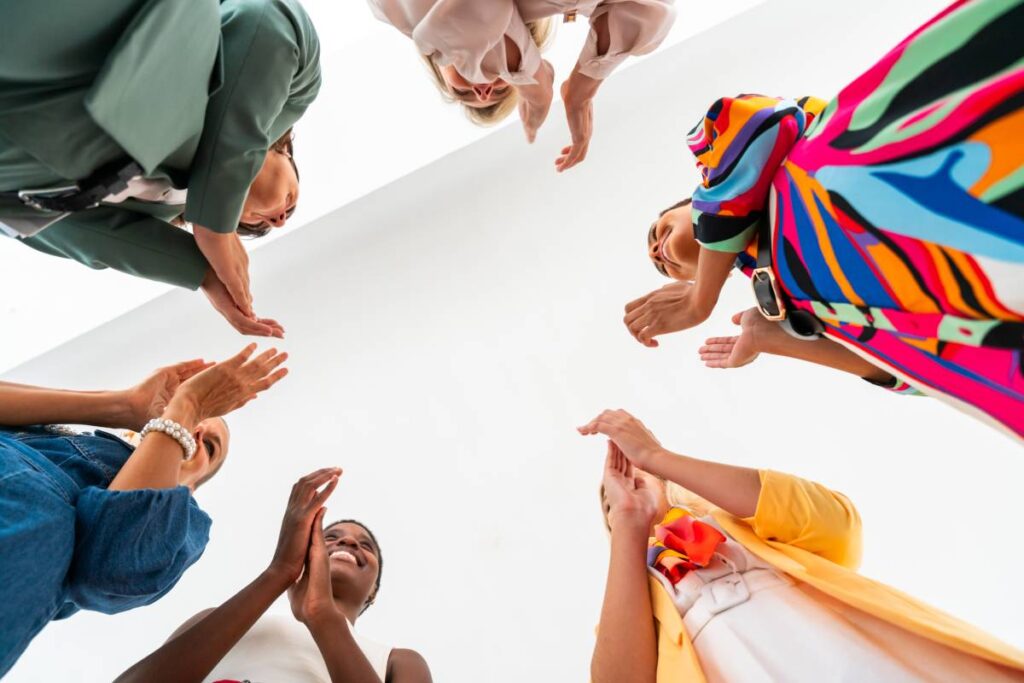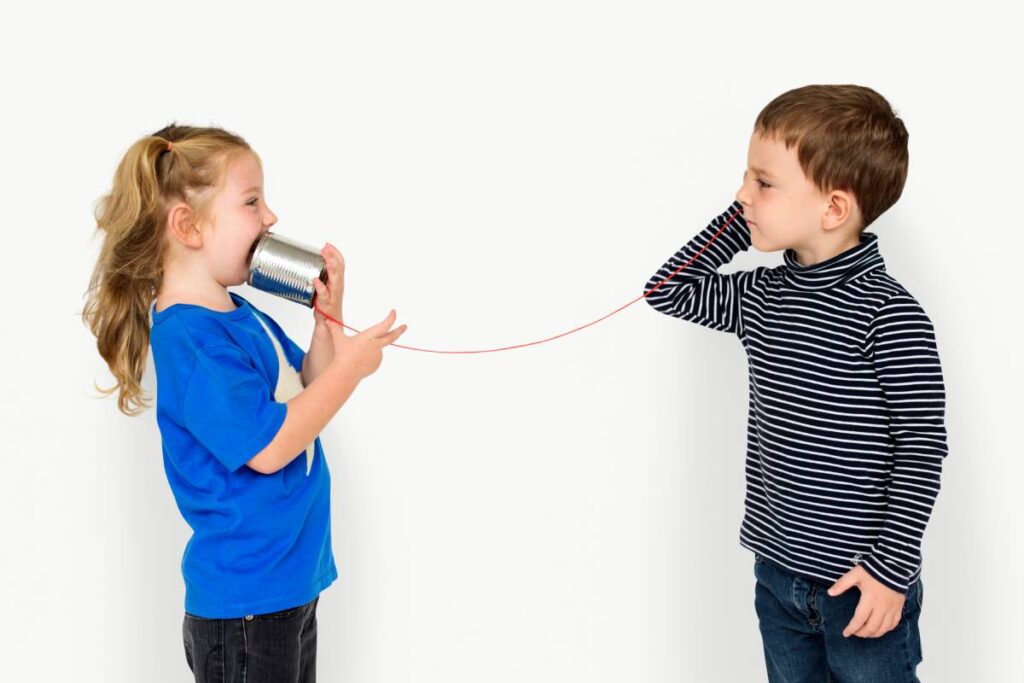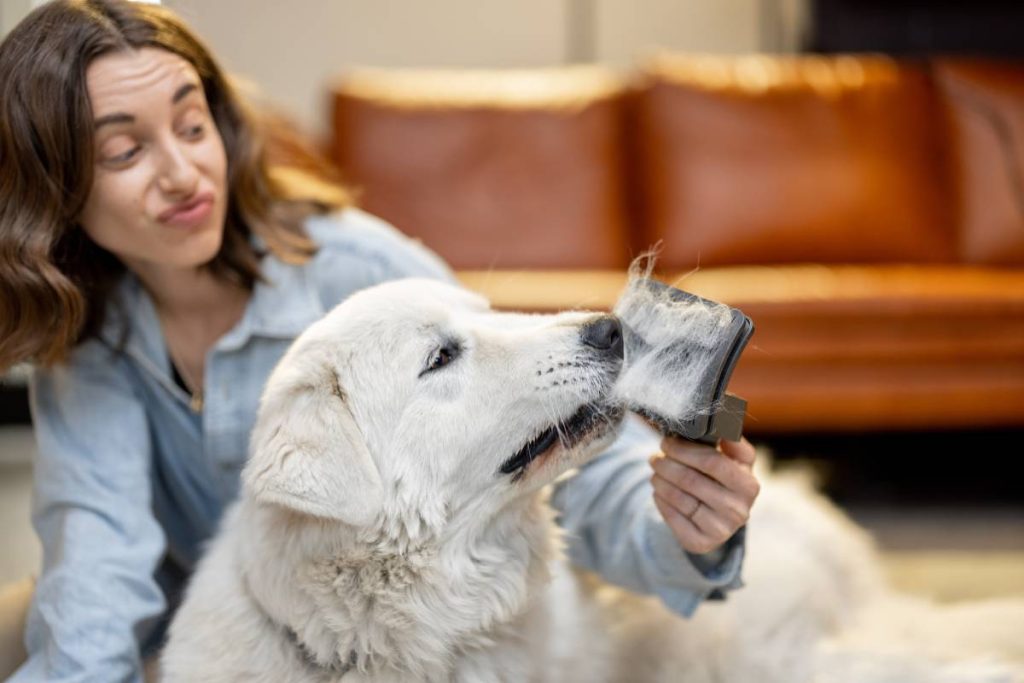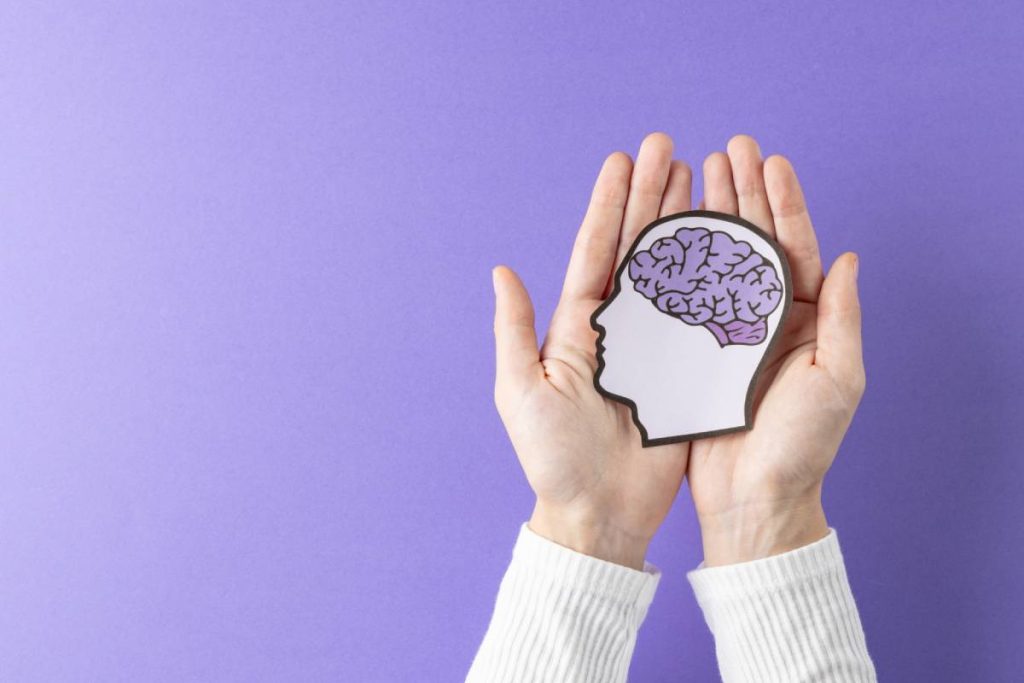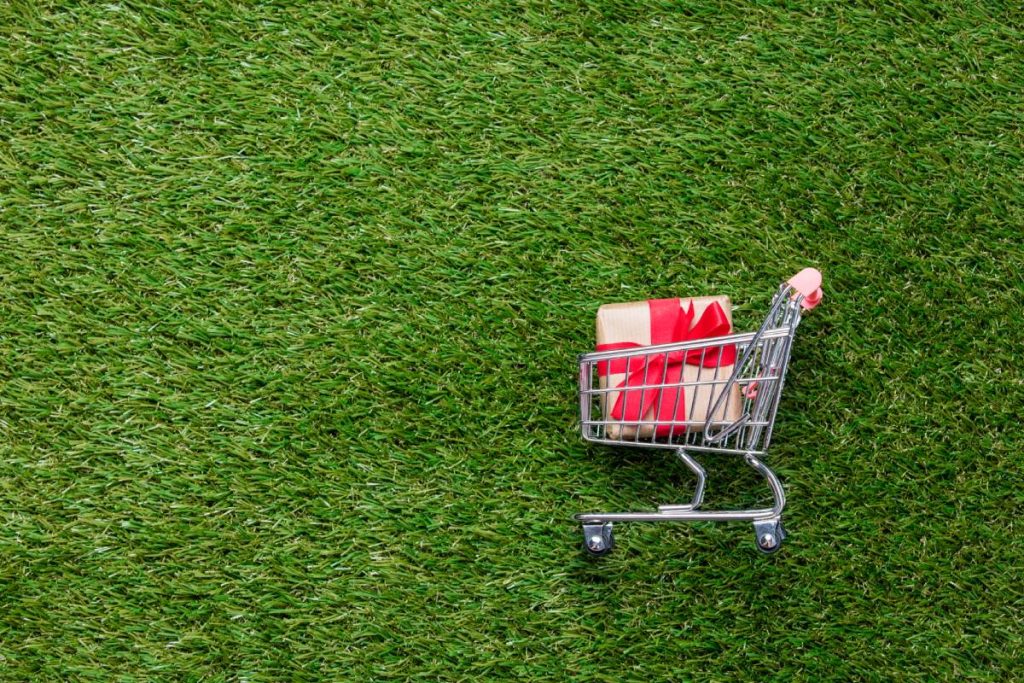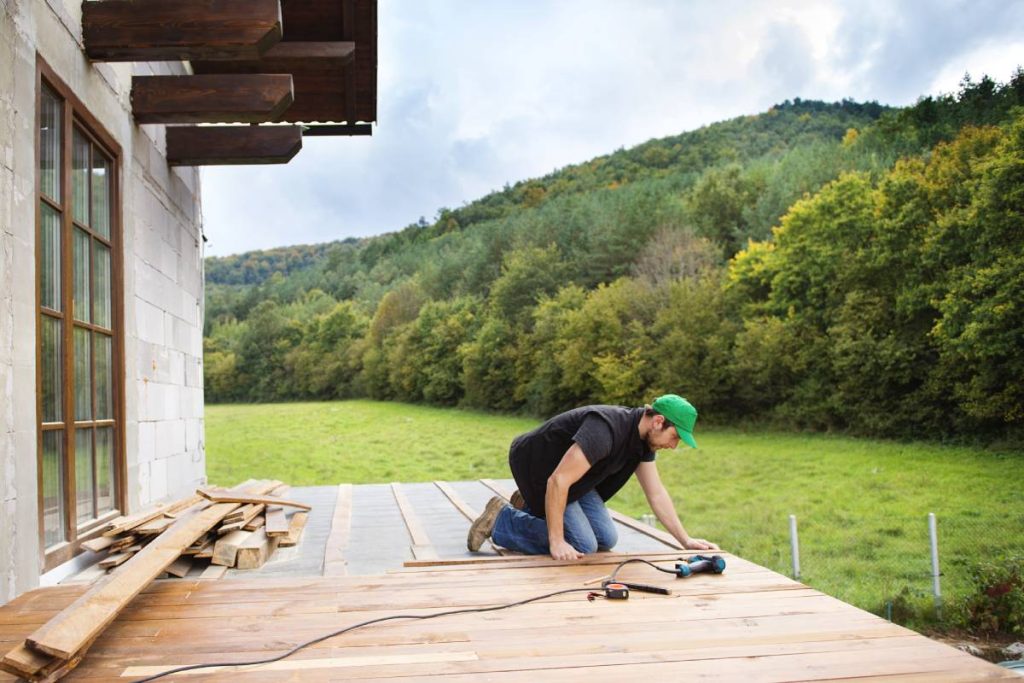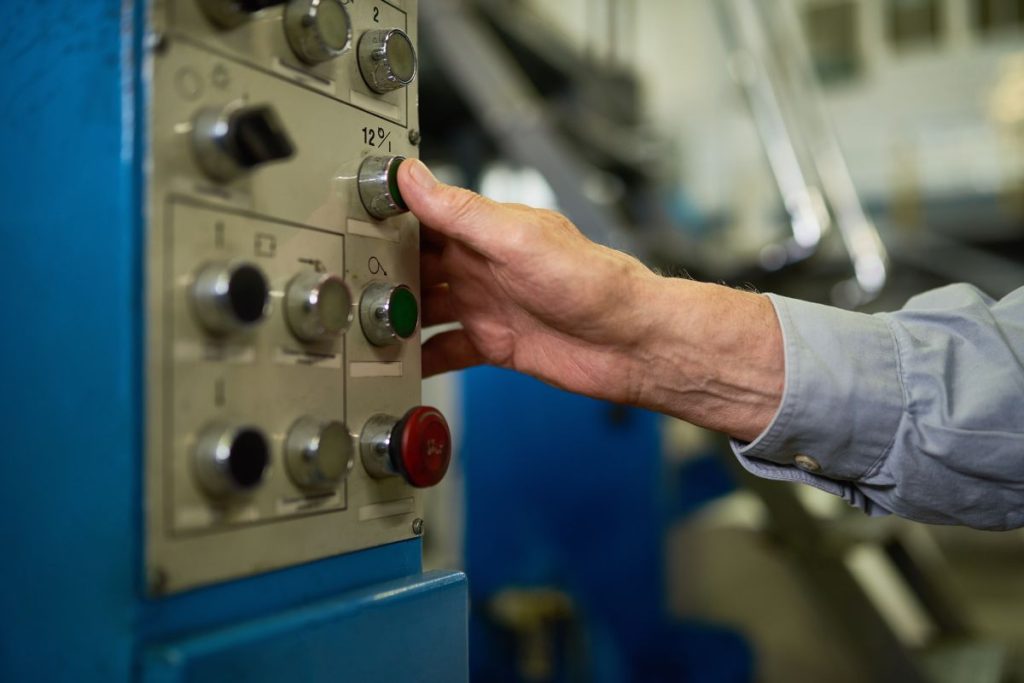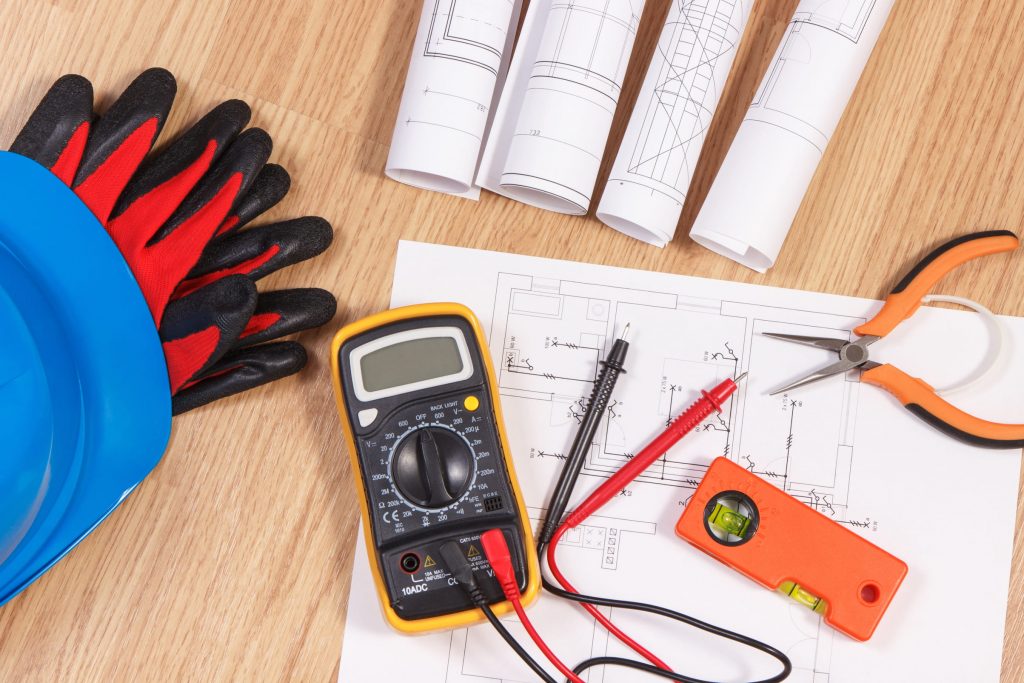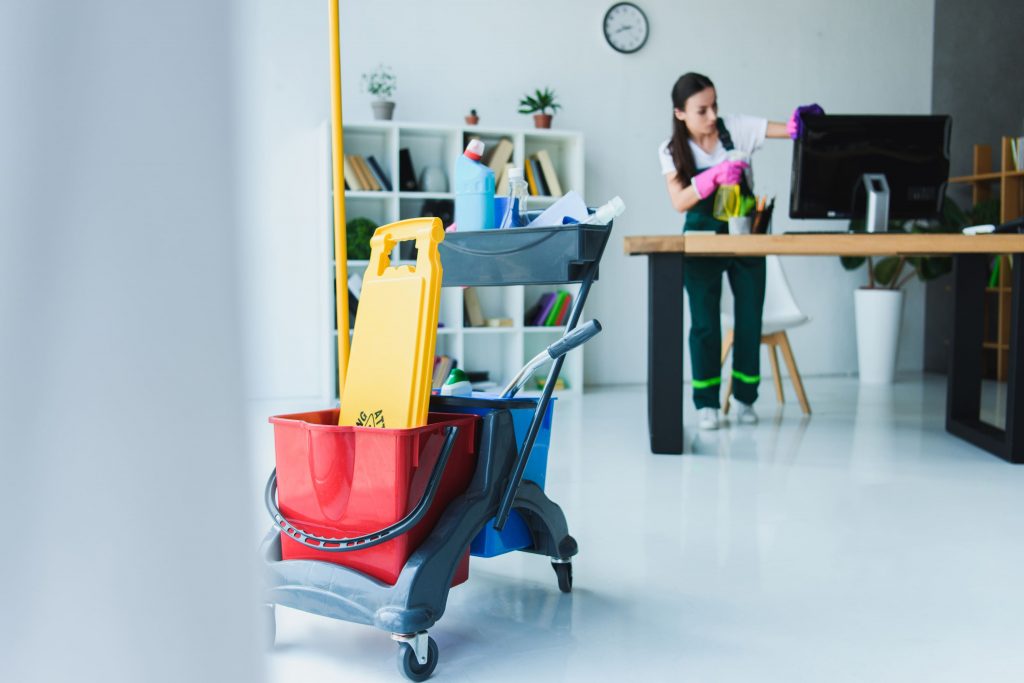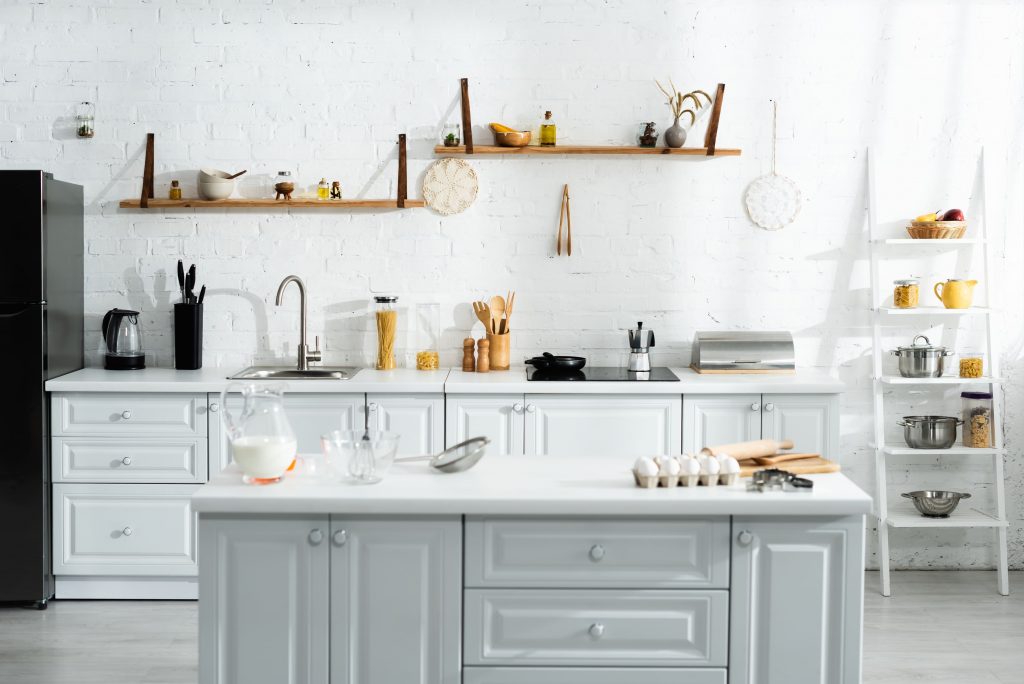Toys: Essential Tools for Child Development and Emotional Growth
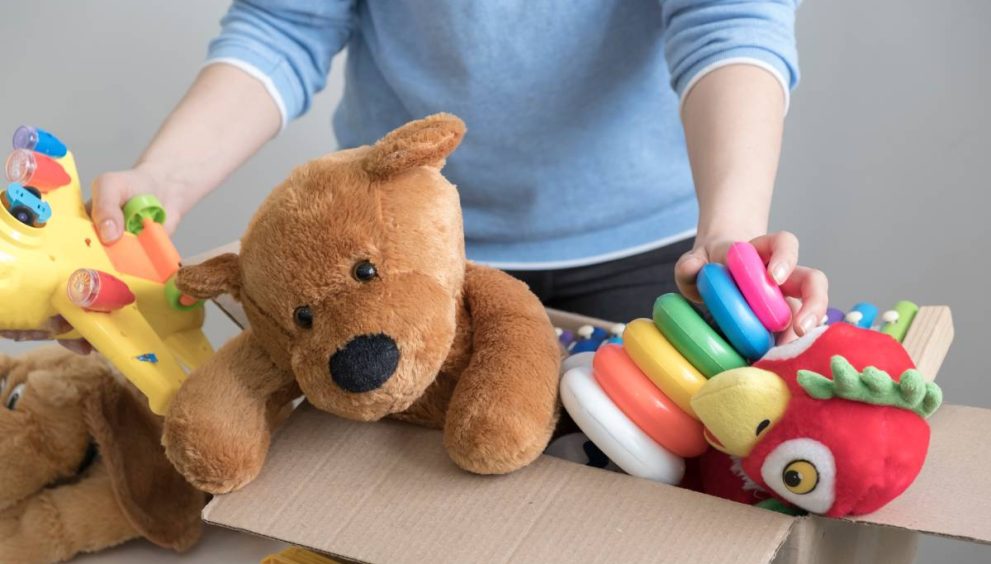
Toys are more than just a way to keep children entertained they are essential tools that help shape how kids think, feel, and interact with the world around them.
From building blocks and puzzles to dolls and pretend kitchens, toys provide children with opportunities to explore, imagine, and learn.
But beyond fun and games, playtime with toys supports critical areas of development, including emotional growth, social skills, creativity, and cognitive ability.
Understanding how and why toys are so beneficial can help parents, teachers, and caregivers make the most of this powerful part of childhood.
1. The Multifaceted Benefits of Playing with Toys
At first glance, toys may appear to be just a source of fun. However, research in child development shows that they are instrumental in promoting several key areas of growth:
Cognitive Development
Toys like puzzles, shape sorters, building blocks, and memory games encourage critical thinking, problem-solving, and logical reasoning.
These toys challenge children to explore cause and effect, improve their spatial awareness, and develop their attention span. For instance, when a toddler builds a tower with blocks and watches it fall, they are learning about balance, gravity, and persistence.
Language and Communication Skills
Interactive toys, including those that talk, sing, or encourage storytelling, help build vocabulary and improve verbal communication. Role-playing toys like dolls, kitchen sets, and puppets allow children to act out conversations, practice expressions, and understand social interactions.
Physical Development
Fine motor skills are strengthened through toys that involve grasping, pulling, twisting, or stacking. Gross motor skills are improved with toys that encourage running, jumping, riding, or climbing, such as balls, bikes, or jump ropes.
Social Skills
Toys also provide children with opportunities to learn how to share, cooperate, take turns, and handle conflict. Board games, team sports equipment, or group-based imaginative play items teach essential life skills such as negotiation and empathy.
2. Emotional Development through Play
One of the most profound benefits of toys lies in their role in emotional development. Through play, children can express feelings they may not yet have the vocabulary for, explore complex emotions, and learn how to regulate them.
Expressing Emotions Safely
Toys like dolls, animal figures, or even plush toys often serve as emotional stand-ins. Children may project their feelings onto these toys, acting out scenarios that reflect their inner emotional world. For example, a child who is upset about a sibling may “discipline” a doll or have it act out a comforting scenario, which helps them process real-life experiences.
Understanding Empathy and Perspective
Pretend play using toys helps children step into different roles and viewpoints. By imagining what a baby doll needs when it’s crying or what a superhero feels when rescuing someone, children begin to develop empathy and understand that others have thoughts and feelings different from their own.
Building Confidence and Autonomy
When children achieve small successes through play like finishing a puzzle, stacking blocks without them falling, or completing a board game they gain a sense of accomplishment. These experiences build self-esteem and encourage them to approach challenges with confidence.
Managing Stress and Anxiety
Play can also act as a stress reliever. When children engage in enjoyable play, it reduces cortisol (the stress hormone) and increases the release of endorphins, making them feel more relaxed and happy. Sensory toys, fidget tools, or creative materials like clay and paint can help anxious children self-soothe and calm their nervous system.
3. How Children Benefit Holistically from Playing with Toys
The benefits of toy play are not confined to individual skills. They come together to help children grow into well-rounded individuals.
Boosting Creativity and Imagination
Imaginative toys such as action figures, dress-up clothes, play kitchens, and art supplies allow children to invent stories, worlds, and characters. This creative thinking translates into better problem-solving and innovation skills as they grow older.
Learning Responsibility and Routine
Toys like dollhouses, toy animals, or interactive robots often require “care” routine feeding, cleaning, sleeping which help children learn responsibility. These actions simulate daily routines and teach structure and time management in a fun way.
Encouraging Lifelong Learning
Educational toys make learning enjoyable, helping children associate knowledge with fun rather than pressure. Early exposure to letters, numbers, science kits, or geography games can spark curiosity and a love for learning that continues throughout life.
Connecting with Others
Play helps children build connections with family, caregivers, and peers, strengthening bonds and reducing isolation.
Creative toys, like art supplies and building sets, promote collaboration, enhance social skills, and foster teamwork. Through imaginative play, children also learn to problem-solve and adapt in social situations.
4. Choosing the Right Toys for Development
While the benefits of toy play are abundant, not all toys are created equal. The effectiveness of a toy depends on how it engages the child’s interest and development level. Here are some tips for selecting toys that promote healthy growth:
- Age Appropriateness: Toys should match the child’s developmental stage. Age labels are helpful in guiding safe and beneficial options.
- Open-Ended Toys: These are toys that can be used in a variety of ways, such as blocks or clay, allowing for creative exploration.
- Balance Between Tech and Traditional: While electronic toys can be fun and educational, children still benefit immensely from hands-on, screen-free play.
- Encouraging Active Play: Toys that get kids moving bikes, balls, and jump ropes support physical health and energy regulation.
- Diverse Representation: Toys that reflect various cultures, abilities, and family types help children develop inclusivity and respect for differences.
5. The Role of Adults in Play
Parents and caregivers play a crucial role in guiding toy play. It’s important for adults to engage in play with their children not just as supervisors, but as active participants.
Doing so allows children to feel valued and understood. It also provides opportunities for adults to model behavior, introduce new vocabulary, and support emotional expression.
Simple rewards, like candy or chocolate, can occasionally be used to celebrate small achievements in play, such as completing a puzzle or sharing toys kindly.
When used mindfully, these treats can reinforce positive behavior and make playtime feel even more joyful. However, they should be balanced with encouragement and not become the main motivation for play.
Conclusion
Toys are far more than simple entertainment they are tools that shape who children become. Through playful interaction, children develop cognitive skills, emotional resilience, physical coordination, social understanding, and a sense of self-worth.
By investing in thoughtful toys and providing time and space for play, adults nurture not only a child’s imagination but their heart and mind as well.
In a world filled with increasing academic and social pressures, making time for play is essential. Whether it’s building a block tower, caring for a toy animal, or simply rolling a ball back and forth, these moments are the foundation of healthy development and lifelong well-being.

 English
English 


